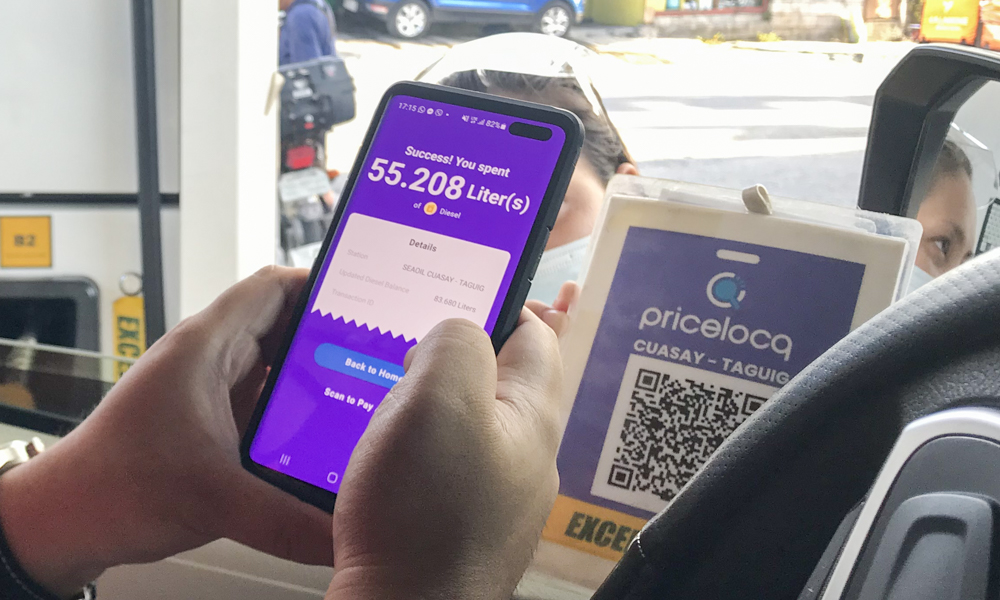
Ever since I replaced my gas-guzzling Subaru with a diesel-powered van almost a year ago, my fuel expenses have been more or less halved. In the past two months, working almost always from home has further reduced my expenditure on diesel. I also live near a Unioil filling station that has low prices to begin with, made even lower still by the S&R member discount.
So, when I got wind of a mobile app called PriceLOCQ, I didn’t feel the need to give it a try simply because of how seldom I drove. A full tank now lasts almost a month, so finding ways to cut down on my transportation expenses was no longer an immediate priority. I simply bit the bullet on PriceLOCQ when I had nothing better to do on one lazy Sunday afternoon.
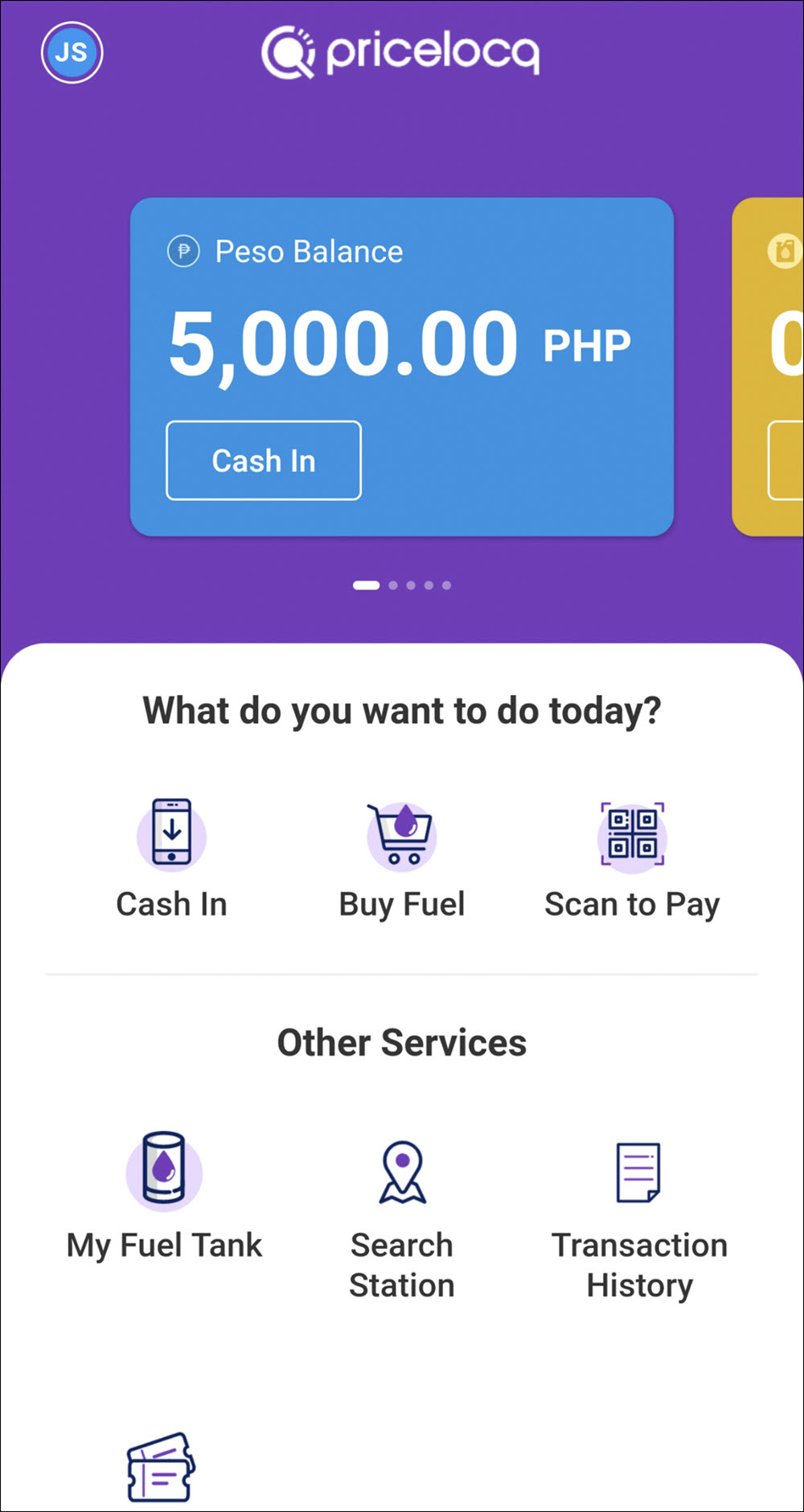
PriceLOCQ is a software product of LOCQ, OPC, a tech startup founded by Seaoil chief financial officer Mark L. Yu (hence, it can only be used at participating Seaoil stations). The way it works is that the user can buy fuel at a certain price. That fuel is then “stored,” and can easily be accessed at any time by its buyer. Because the product has already been purchased, it is no longer affected by any price changes. It’s sort of a creative take on fuel hedging, a practice that is usually employed by companies highly dependent on petroleum (such as airlines and shipping companies) to mitigate the risks brought about by volatile oil prices.
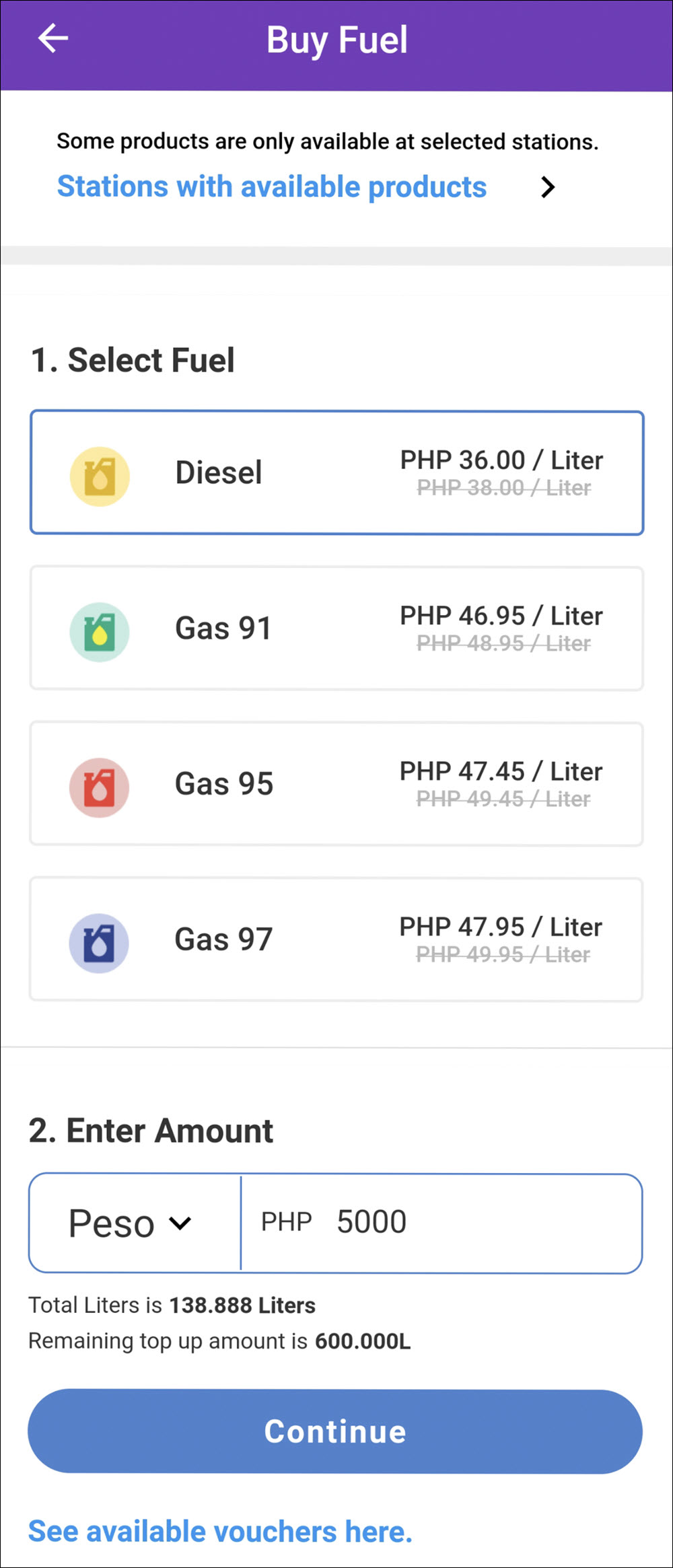
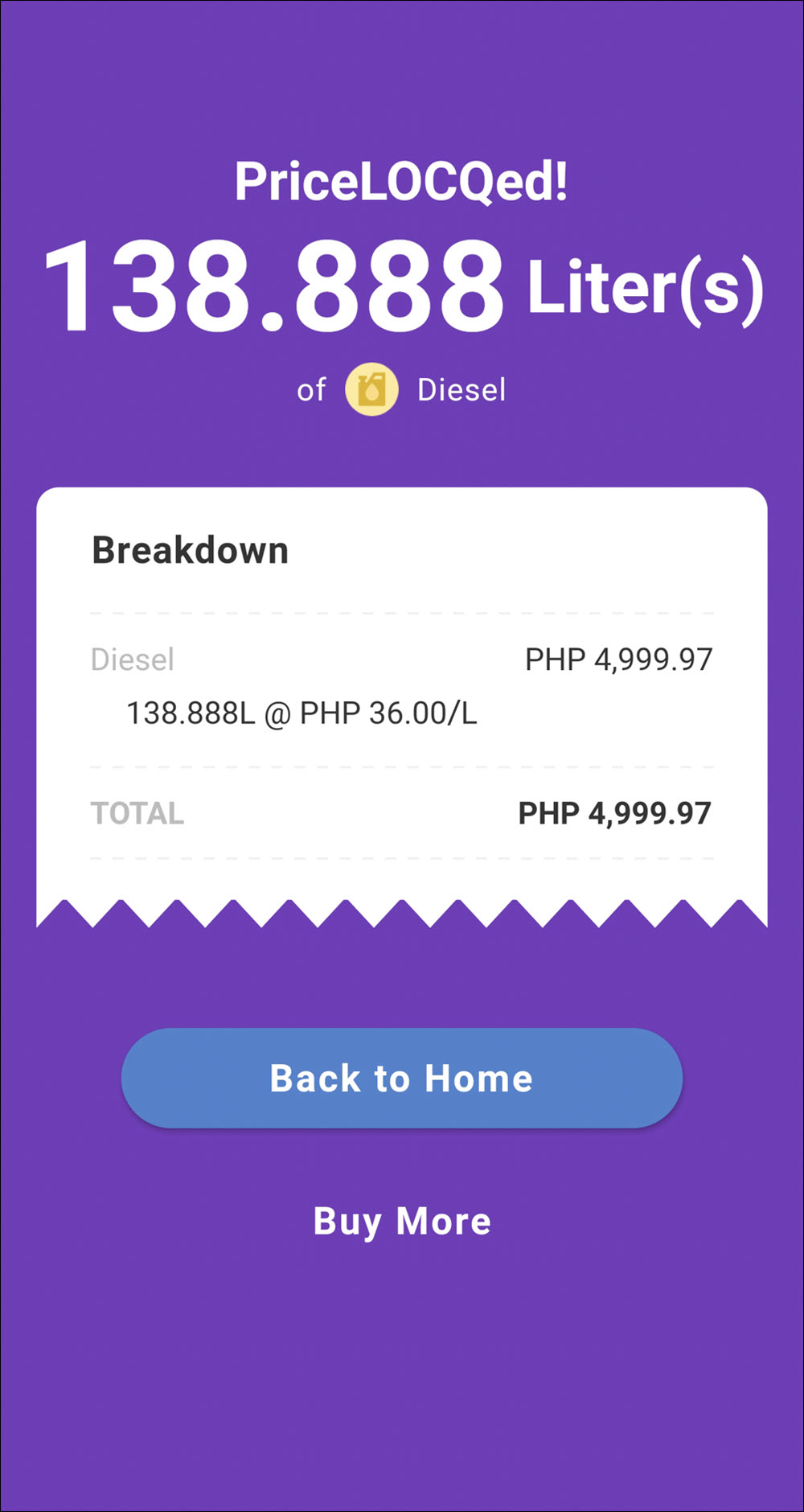
My first impressions of the PriceLOCQ app were quite promising. The user interface didn’t look like some half-assed effort by a shady IT solutions provider. The icons were large, and I found it easy to navigate through the menus. My brief usage didn’t cough up any software bugs, which gave me confidence to use my credit card to purchase in-app currency.
The e-wallet can be loaded using online or over-the-counter means. Of course, I was initially skeptical and bought only P5,000 worth of in-app credits. This amount was good enough for just over two full tanks, and I would eventually regret my decision buying so little in the first place (more on that later).
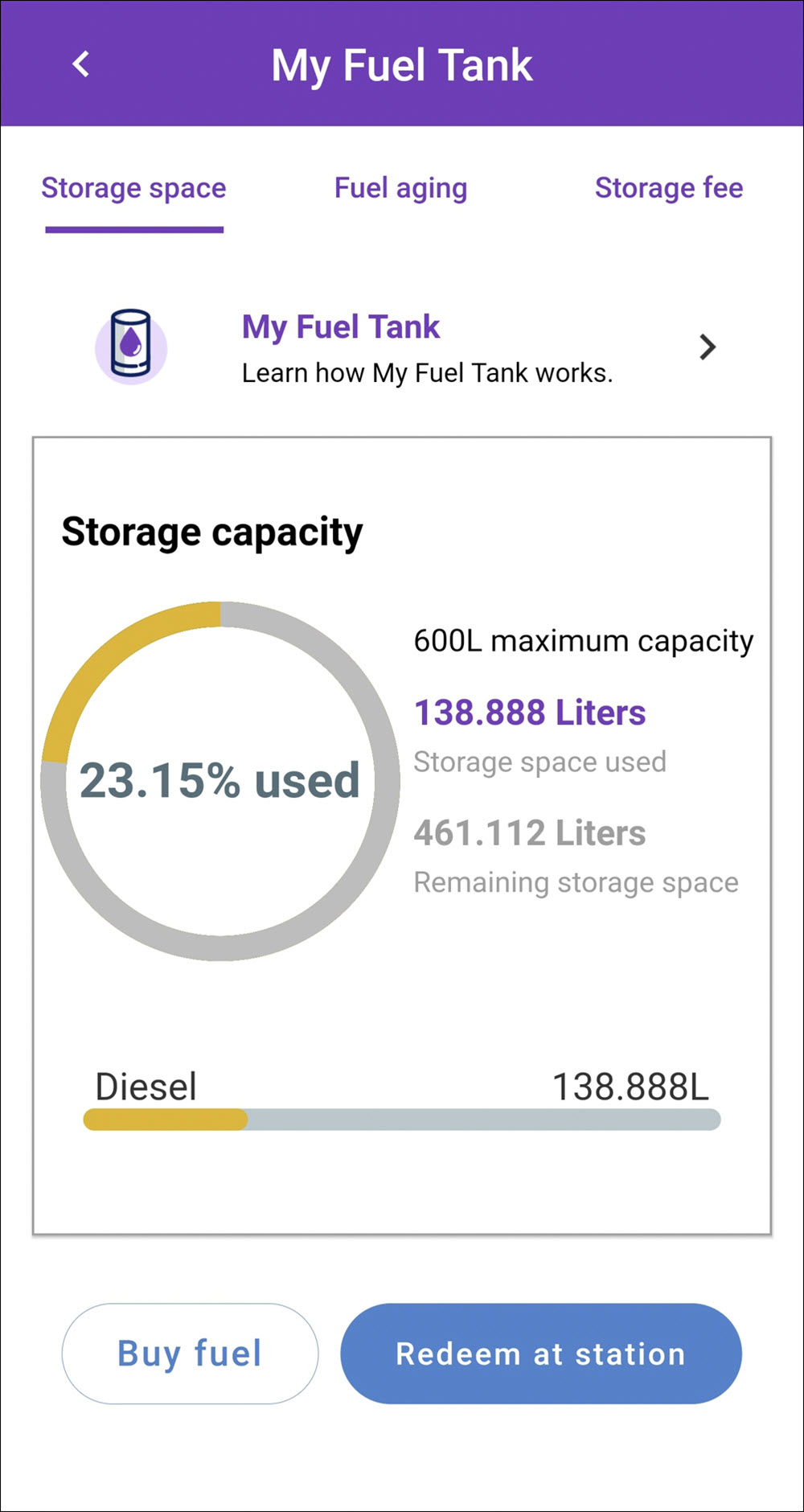
At the time I bought fuel, prices were at an all-time low, and PriceLOCQ had a limited-time promo—a P2/L discount. I was able to purchase P5,000 worth of diesel at P36 per liter, which was less expensive than the discounted go-juice I used to get at my local Unioil station. My batch of diesel would stay unused for just over a month because I did not go out too much, and I had demo units at my disposal almost every week (which meant I seldom drove my personal car).
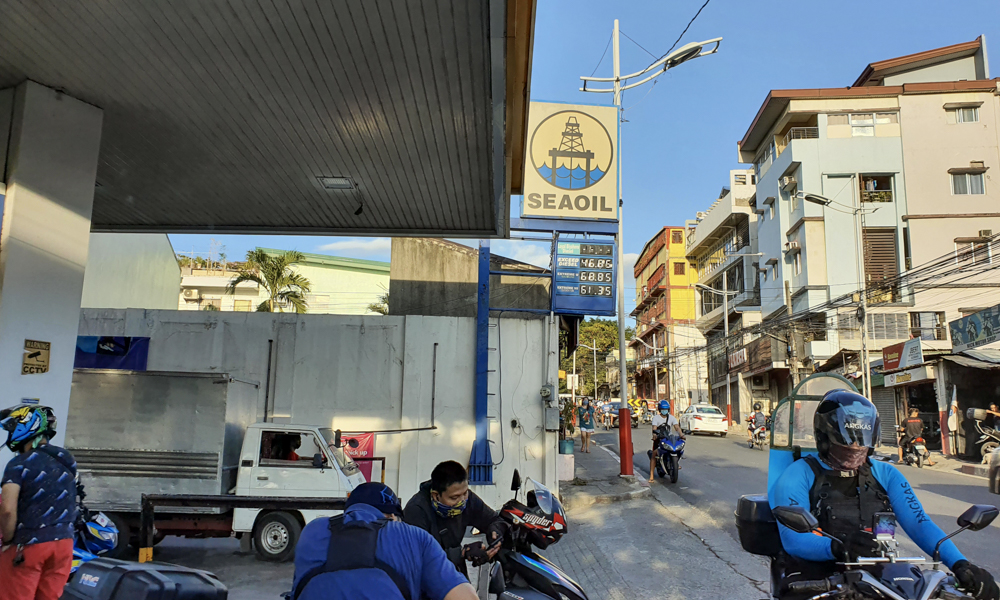
Soon enough, my Toyota Hiace’s tank was nearing empty, which gave me an opportunity to finally use PriceLOCQ. I pulled into a participating Seaoil outlet and told the attendant that I’d be paying via the app. The entire process was quite hassle-free. I asked that my tank be filled to the brim so that I could input the right quantity of fuel into the app. After that, a quick scan of the station’s QR code completed my “payment.”
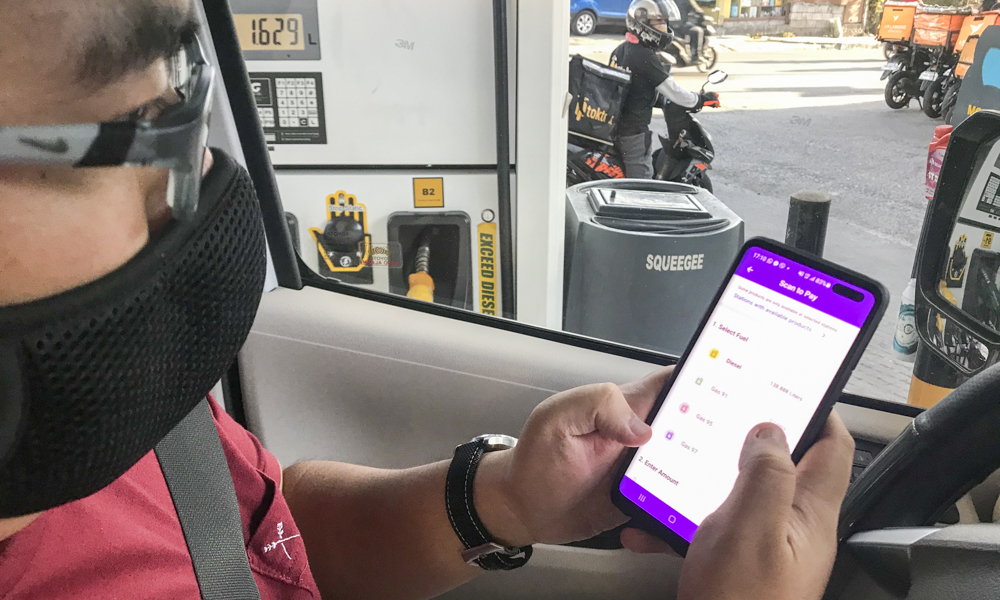
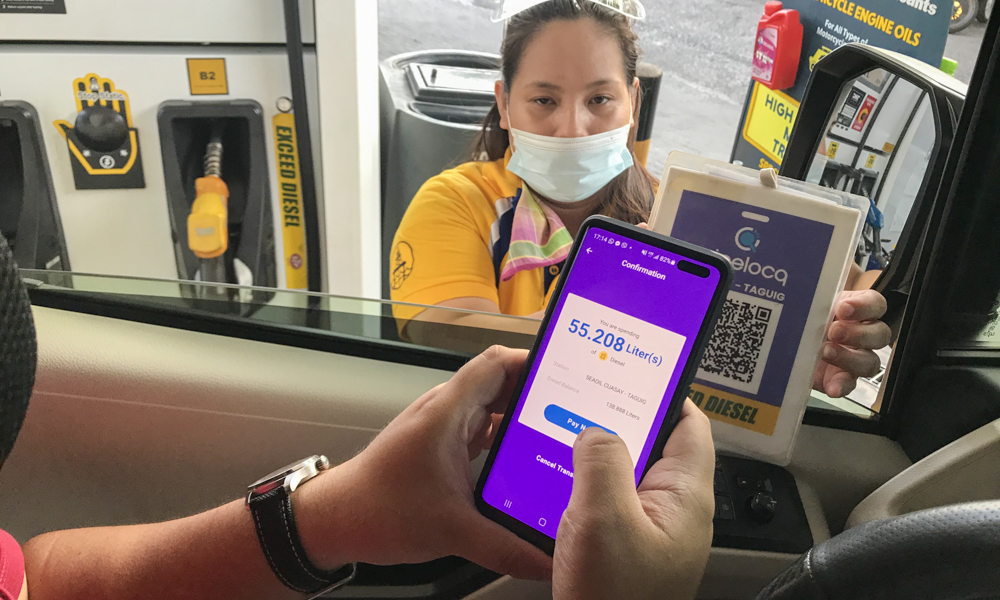
Using the app was an absolute revelation as the station I filled up at was selling diesel at almost P10 per liter more expensive than what I had originally paid for. I also thought that the station staff would discourage customers from paying with PriceLOCQ, but surprisingly the cheerful employee who attended to me was actually glad that someone was using the app.
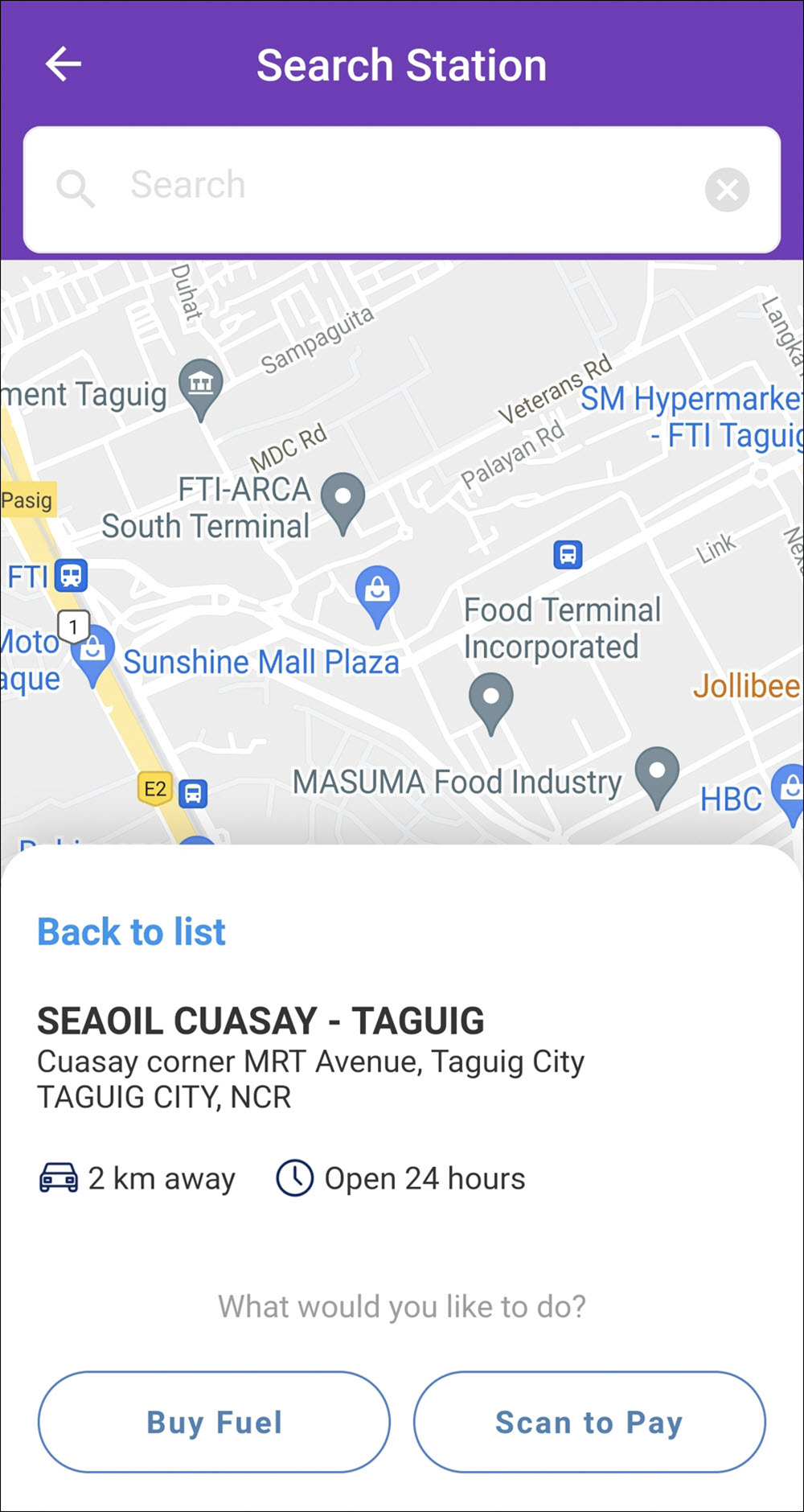
But it wasn’t all good news. After my first try, I decided to purchase more fuel from PriceLOCQ. However, the in-app prices became as high as those of the station I filled up at. I wasn’t sure if the software was supposed to behave that way, so I fired off a quick inquiry to the customer support team. Part of the vague response I got was that prices are affected by the last outlet I got fuel from. That made me regret buying so little in the beginning.
In addition, not all Seaoil stations accept PriceLOCQ payments. The app displayed a list of the nearest participating outlets to my current location, and the one just five minutes away from me wasn’t included. In fact, I have to drive 20 minutes to get to the closest Seaoil branch that accepts PriceLOCQ transactions.
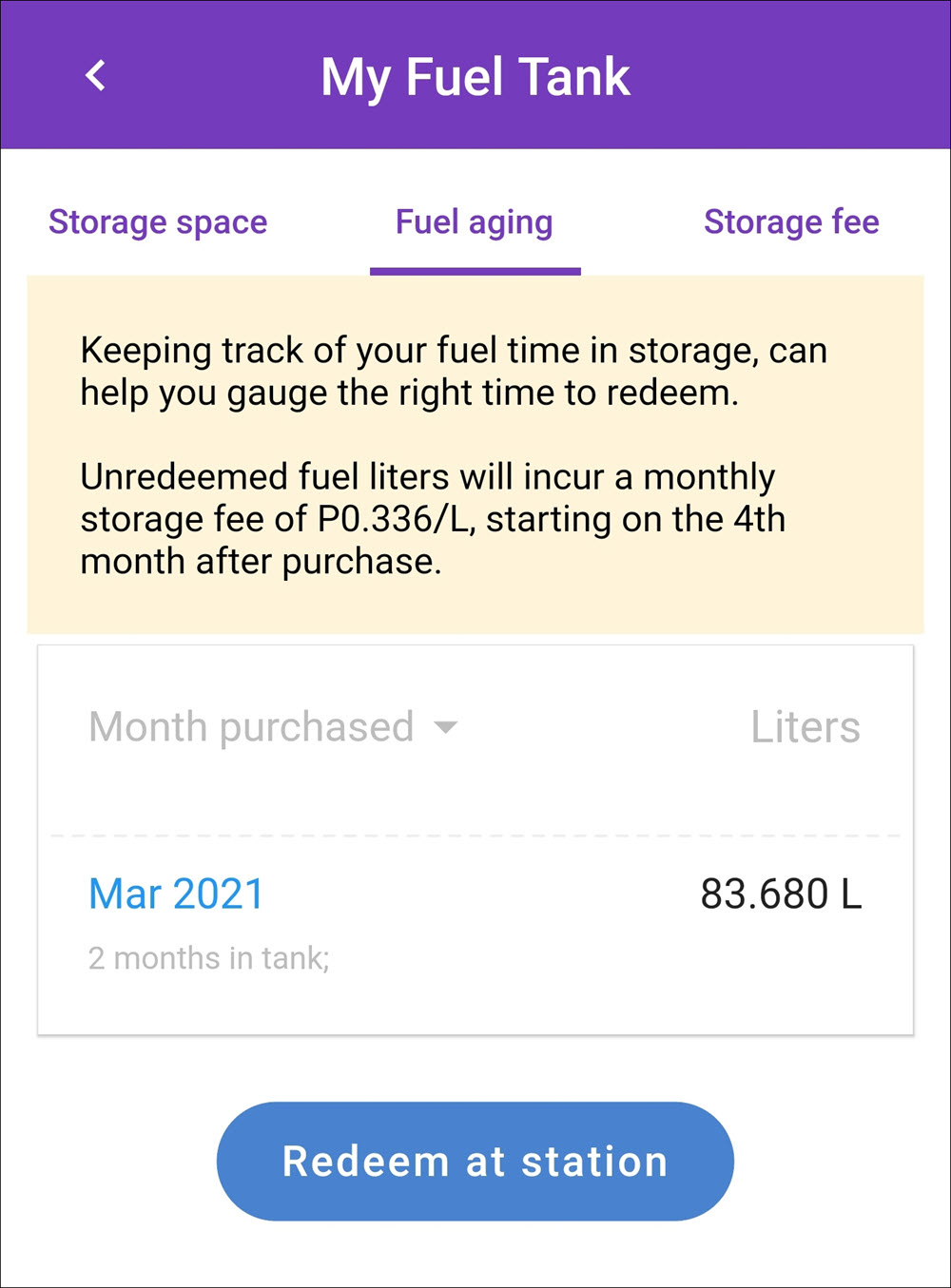
I guess it’s also safe to say that timing is everything when buying fuel. Simply put, if the fuel you purchase today ends up being less expensive next week, tough shit. You need to observe the trend in gas prices to make an educated guess on when to secure your batch of car fuel. There is also a storage fee that will be charged starting on the fourth month after purchase.
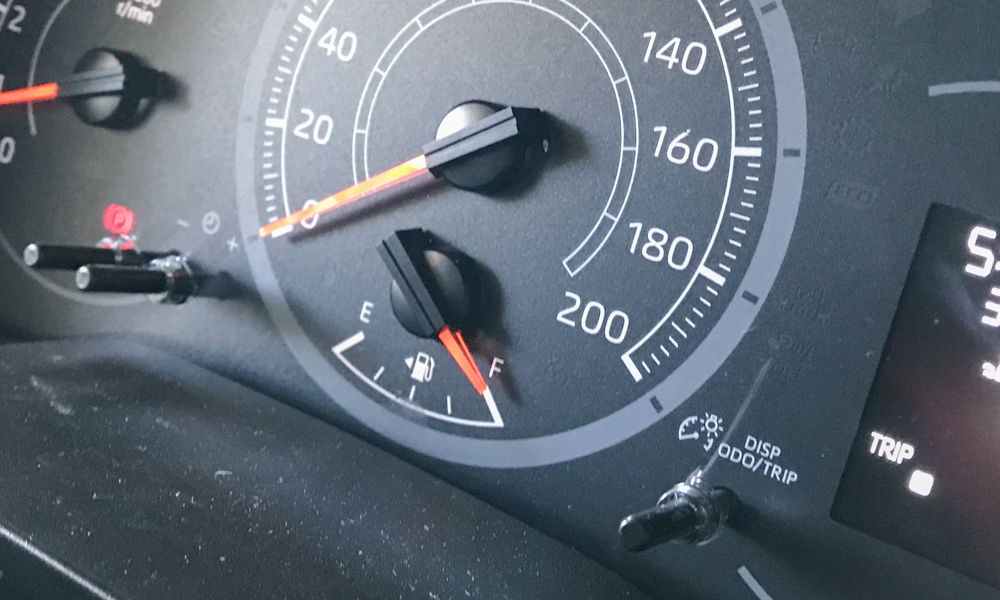
Overall, I was pleasantly surprised with how PriceLOCQ worked and how I was able to fill my van’s tank for less money. But given that in-app prices right now are quite high, and that the closest participating station is just a little too far, I’m not sure if I’d be using it again once I consume my prepaid fuel. But I’ll definitely be watching out for when gas prices plummet once more, and that is when I’ll be purchasing a bigger batch of diesel.
PriceLOCQ is compatible with both Android and Apple devices.

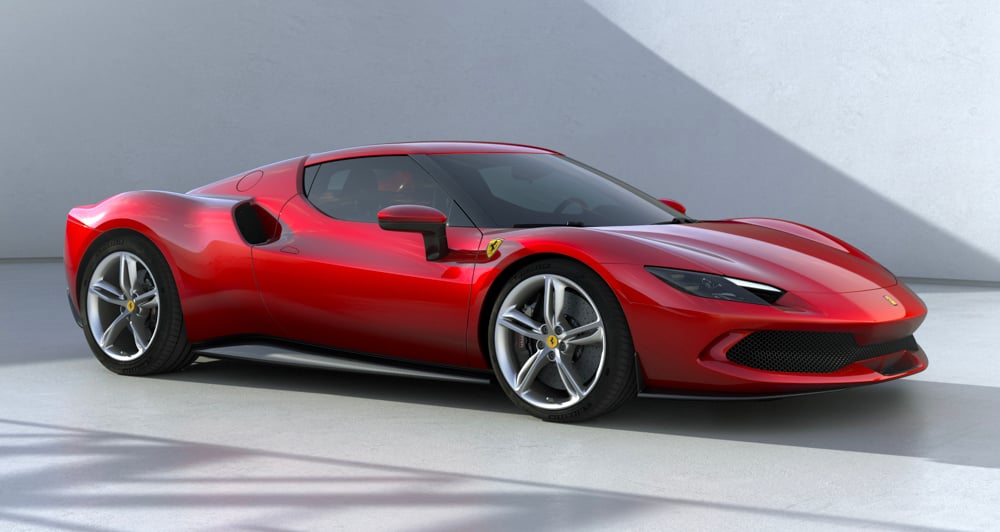


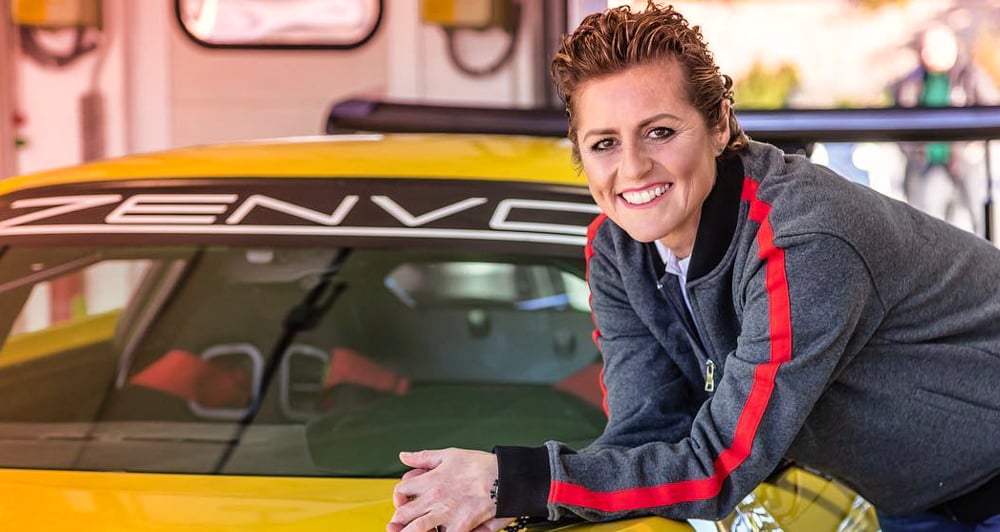
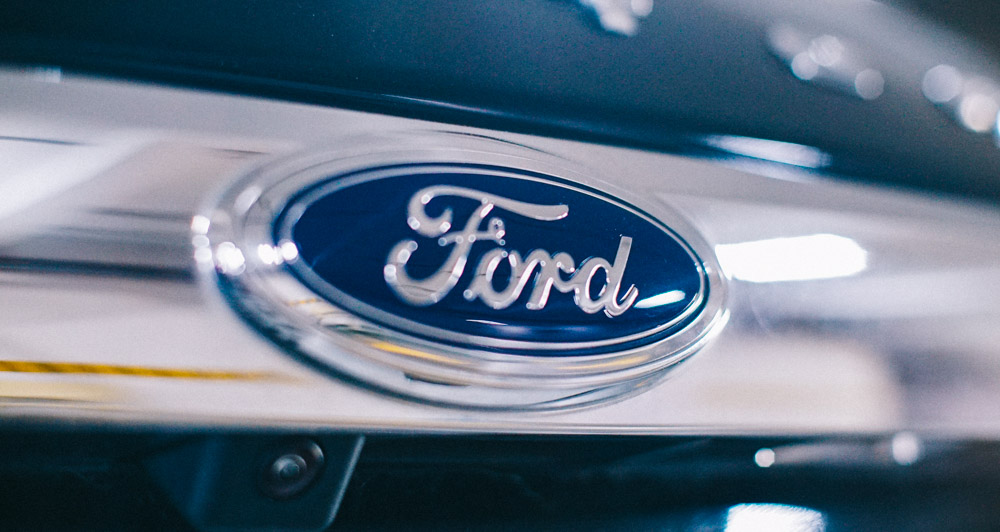

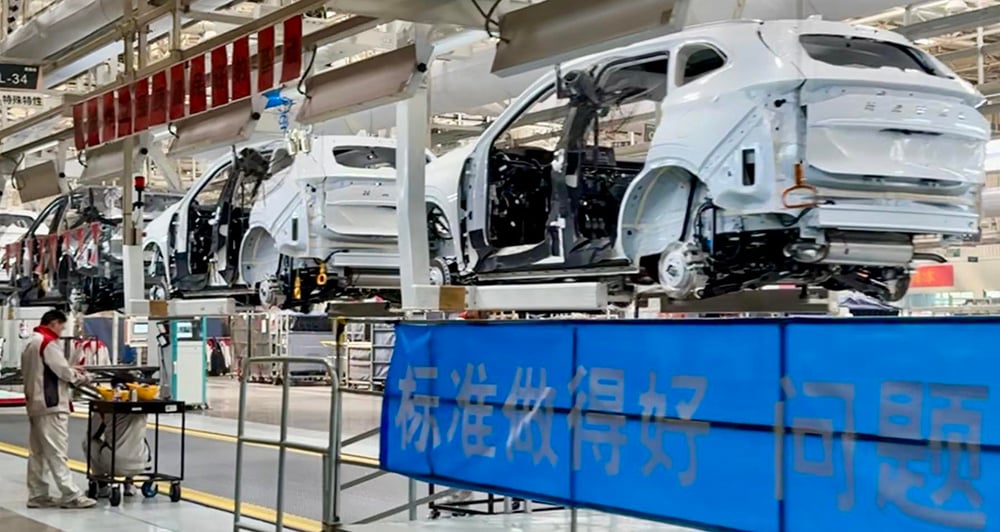

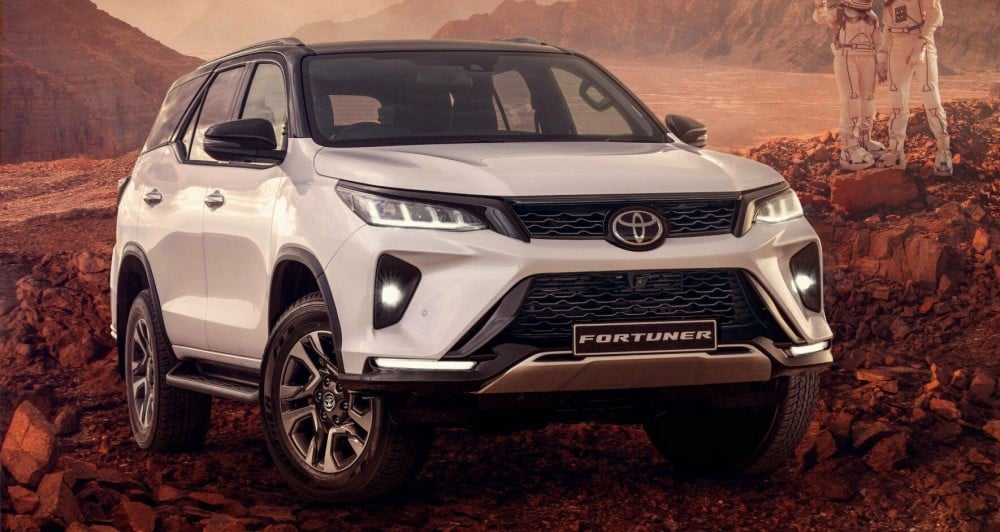
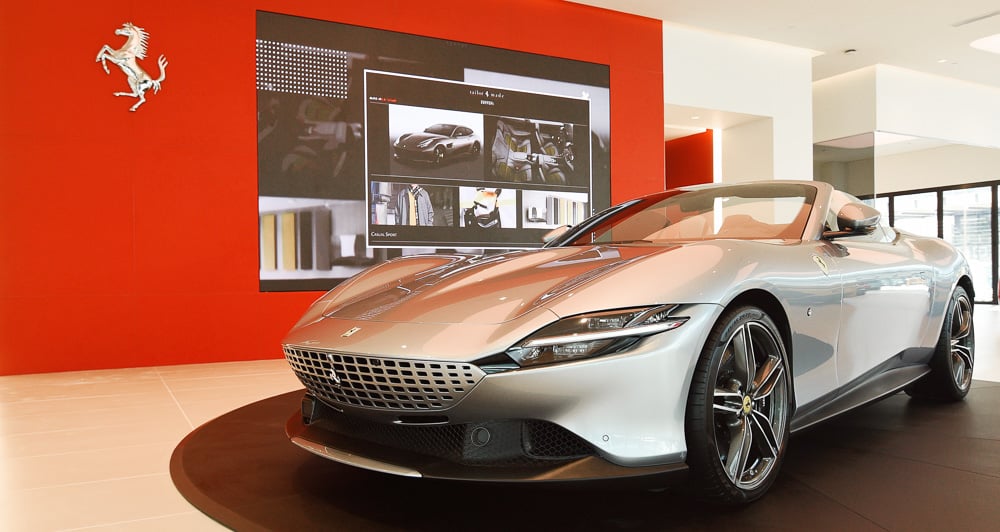
Comments